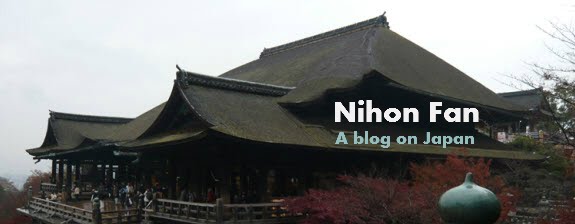History – Amaterasu-omikami ('the great divinity illuminating heaven') is the sun goddess, the most important deity of the Shinto religion and ruler of Takama no Hara (the High Celestial Plain), the domain of the kami or spirits, was originally worshipped in the Imperial Palace by successive Emperors of Japan. However, during the reign of the 10th Emperor, Sujin, the Holy Mirror (the symbol of Amaterasu-omikami) was moved from the Imperial Palace. During the reign of the 11th Emperor, Suinin, the Emperor ordered his princess, Yamatohime-no-mikoto, to seek the most appropriate place to permanently enshrine and worship Amaterasu-omikami. After searching in many regions, the princess received a revelation that Amaterasu-omikami should be enshrined and worshipped eternally at in Ise, approximately 2,000 years ago. In the era of the 21st Emperor Yurayaku, about 1,500 years ago, Toyo’uke-no-omikami was, in accordance with another revelation from Amaterasu-omikami, summoned to the north of Kyoto prefecture and enshrined in Ise.
 |
| Amaterasu-omikami |
 |
| Yamatohime-no-mikoto |





















